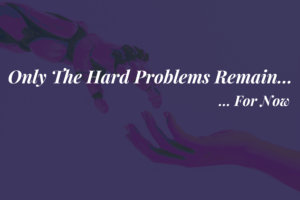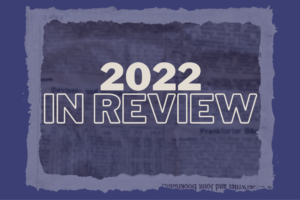The History of The Neuro Science Monitor
Did you know that The Neuro Science Monitor (NSM) is actually 33 years old (as of 2023)? It has a fun history that started before the Internet and way before MailChimp web-based media. We printed out the content, manually cut and pasted it onto larger sheets, took it to a commercial printer, folded, stapled, and mailed it the old fashion way. Here’s an image of the first issue from June, 1990.
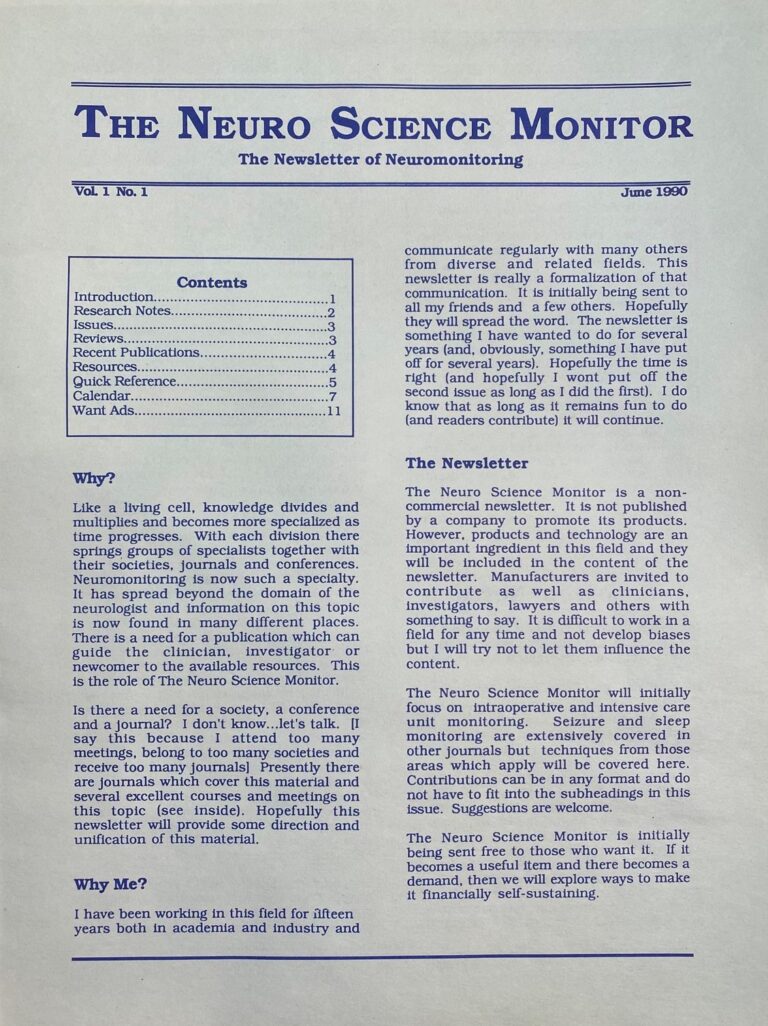
It all started when I was developing products for intraoperative neuromonitoring, which was the first field to really embrace multimodal neuromonitoring. In fact, it was in this field that the term “multimodal neuromonitoring” was first used. Various combinations of evoked potentials (somatosensory and motor), EEG, and transcranial Doppler were used to guide a surgeon in spine operations, epilepsy, and carotid endarterectomies.
The EEG was also used by anesthesiologists to gauge the depth of anesthesia. We had fun publishing the newsletter and sent it out to about 300 people working in this field. I’d get my friends in anesthesia and neurology to write articles and I kept people abreast of events, publications, and general news. We had some big name docs contribute (e.g. Frank Sharbrough from the Mayo Clinic) as they thought it was a fun read.
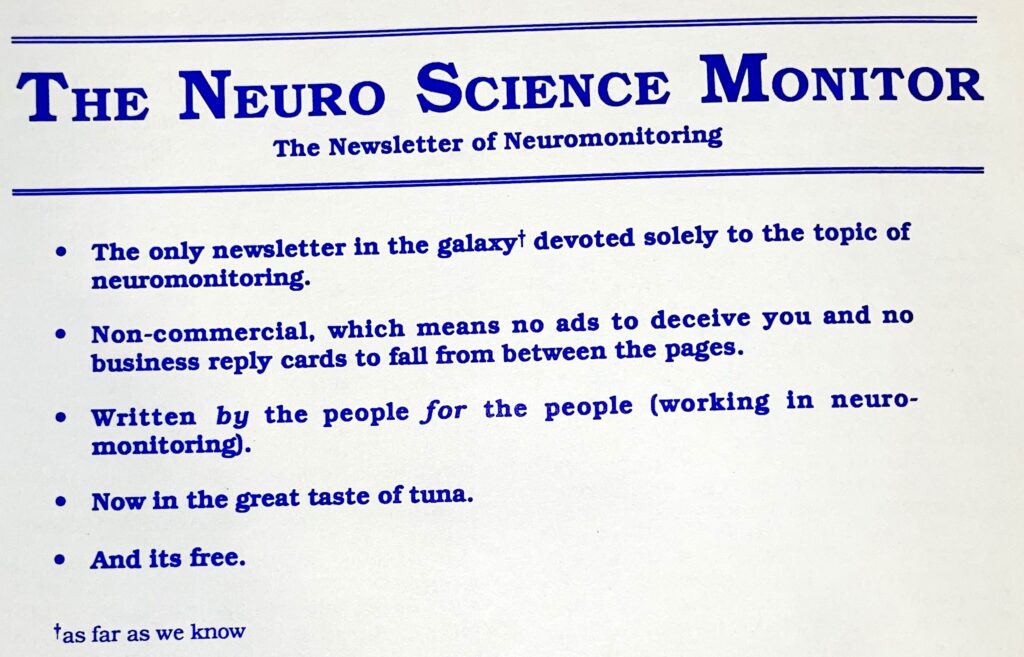
The back of the hard copies of The NSM.
One editorial was titled “The Neuro Science Monitor: The CNN of the CNS”, and it went on as follows:
“Yes, many folks have compared Cable News Network to The Neuroscience Monitor. Our intergalactic coverage has truly reduced the boundaries of this once formidable subject. We bring neuromonitoring news to the masses around the globe, whether they are interested in it or not. We make it easy for everyday common people to understand the ins and outs of transsphenoidal hypophysectomy and other neglected topics. Most of our readers wonder how they managed without us.
But let’s get one thing straight, our job is to bring you the news from wherever it’s happening. Your job, our dear readers, is to make the news. And just between you and me, you haven’t been making enough. That’s why we occasionally have to put in a bit of filler in these pages…”
The “filler” was quite amusing. We asked for cooking recipes that included animal brain or spinal cord as ingredients, and we actually got a few interesting submissions. We had a Fax Facts section (when fax machines ruled) that was a monthly questionnaire on a topic. The pages were filled in, torn out, faxed back to us, and the results published in the next issue. Results in our survey on monitoring during carotid endarterectomy were actually quoted in several peer reviewed journals. This was a hot topic back then and only we had the survey data. We also had lively, and sometimes comical, dialogs in our Letters to the Editor section where readers knew they could express their feelings without repercussions.
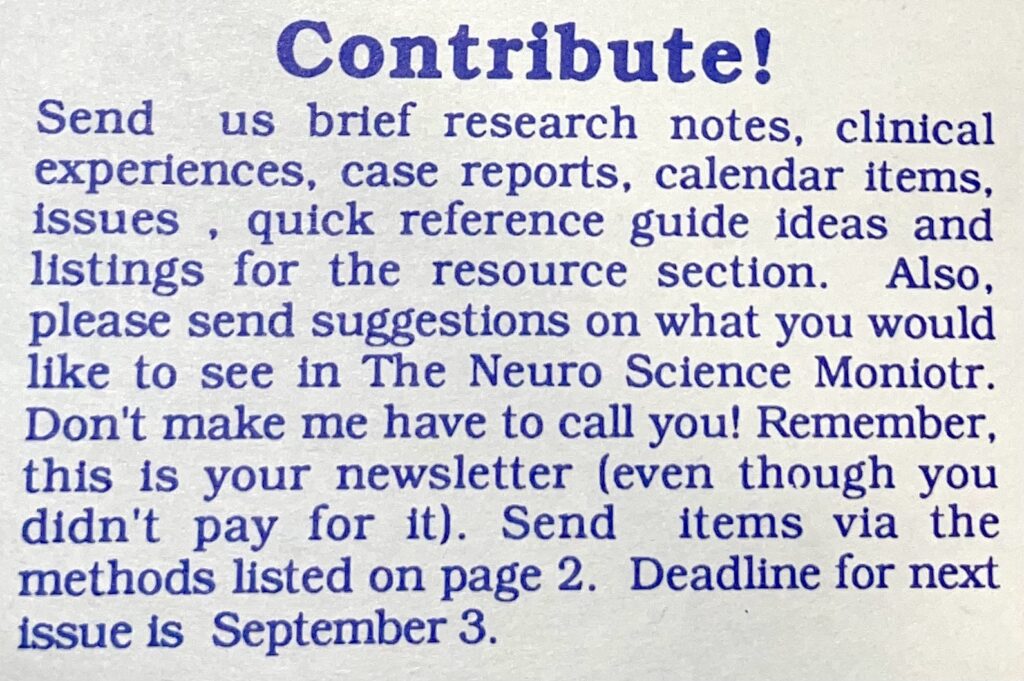
The name “The Neuro Science Monitor,” of course, was a parody of the Christian Science Monitor. Back then, I was shedding any association with religious organizations as I saw their agendas becoming more and more political. Thus the parody. I have recently realized, however, that we actually have some commonality with the Christian Science Monitor. That news organization has its roots in The Church of Latter Day Saints, but is now considered largely unbiased both politically and with regard to religion. It reports the news within the framework of its values, and we do the same.
Though I am from industry and this newsletter is supported in part by my company, we do our best to present news in an unbiased manner and within the framework of our mission… which is to move forward the field of multimodal neuromonitoring. Subscribe to The Neuro Science Monitor to keep up-to-date!




